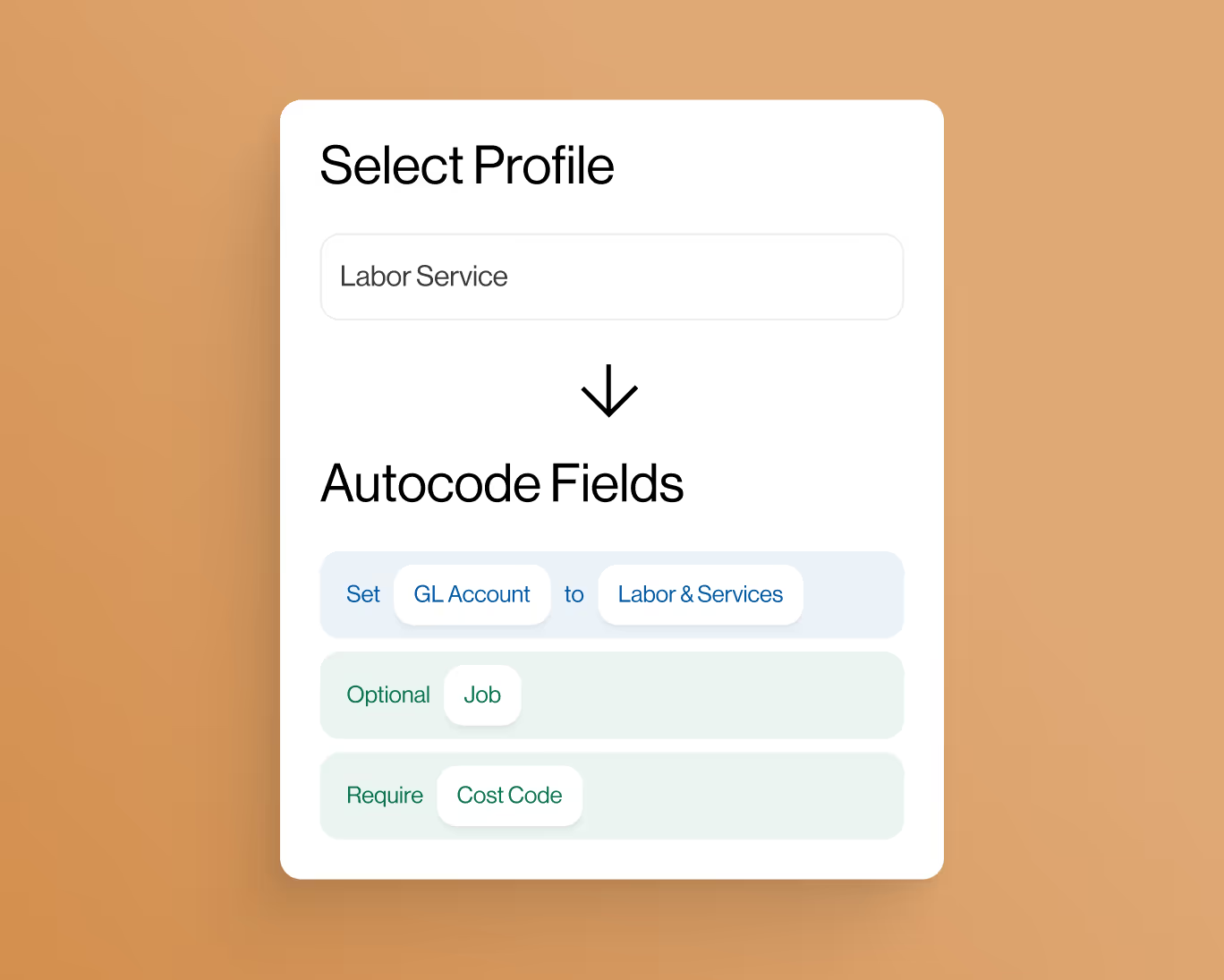Right of Way (ROW) in Construction: Understanding Its Importance and Legal Implications
Right of Way (ROW) is a legal term that refers to the legal authorization granted to individuals, companies, or government agencies to pass through or use a designated area of land owned by someone else for a specific purpose. In the context of construction, the right of way is essential for accessing construction sites, transporting materials, and executing infrastructure projects. Understanding the importance of right of way and its legal implications is crucial for ensuring smooth project execution and avoiding potential disputes. In this blog post, we will explore the significance of right of way in construction and the legal considerations associated with it.
The Significance of Right of Way in Construction
Right of way is significant in construction projects for the following reasons:
- Site Access: Right of way allows construction companies and their personnel to access construction sites located on private properties or through public lands, ensuring smooth project execution.
- Material Transport: Construction projects require a steady supply of materials, equipment, and machinery. Right of way enables the transportation of these resources to the site without legal obstacles.
- Infrastructure Development: For infrastructure projects like roads, highways, and utilities, right of way is crucial for establishing the necessary corridors for construction and future maintenance.
- Public Projects: In public construction projects, obtaining right of way is essential for governments to acquire the necessary land for public works and services.
- Utilities and Services: Utility companies require right of way to lay pipelines, electrical cables, and other infrastructure necessary for providing essential services to communities.
Types of Right of Way
Right of way can take various forms, depending on the specific use and purpose. Some common types of right of way include:
- Easements: Easements grant the right to use a specific portion of land for a particular purpose, such as the construction of a utility line or access to a neighboring property.
- Public Right of Way: Public right of way refers to land set aside for public use, such as streets, roads, sidewalks, and alleys. These areas are typically owned by government entities and are accessible to the general public.
- Private Right of Way: Private right of way allows specific individuals or entities the right to access a property or use a designated area on private land for a specific purpose.
- Prescriptive Right of Way: Prescriptive right of way may be established through long-term, uninterrupted use of a particular route across another person's property, even if there is no formal agreement.
- Temporary Right of Way: Temporary right of way grants access to a property or area for a limited period, such as during the construction phase of a project.
Legal Considerations for Right of Way
Securing right of way involves legal considerations and potential challenges that construction companies should be aware of:
- Property Ownership: Determine the legal owners of the property and seek their consent for the right of way. This may involve negotiations and the drafting of formal agreements or easements.
- Government Regulations: Right of way for public projects may require compliance with government regulations, including eminent domain laws that allow governments to acquire private land for public use.
- Survey and Documentation: Conduct a thorough survey of the area to establish the boundaries and document the right of way for legal purposes.
- Compensation: In some cases, property owners may be entitled to compensation for granting the right of way, especially if it affects their property value or use.
- Environmental Impact: Evaluate the potential environmental impact of the right of way and obtain the necessary permits and approvals.
- Dispute Resolution: Be prepared to address any disputes or challenges related to the right of way through mediation, arbitration, or legal channels if necessary.
- Future Maintenance: Consider long-term maintenance responsibilities for the right of way and clarify these responsibilities in agreements.
Conclusion
Right of way is a critical legal authorization for construction projects, enabling access to construction sites and essential corridors for infrastructure development. Understanding the significance of right of way and the legal implications associated with it is essential for smooth project execution and avoiding potential disputes. By navigating the legal considerations and securing necessary agreements, construction companies can ensure the successful implementation of projects and the establishment of vital infrastructure for communities.










